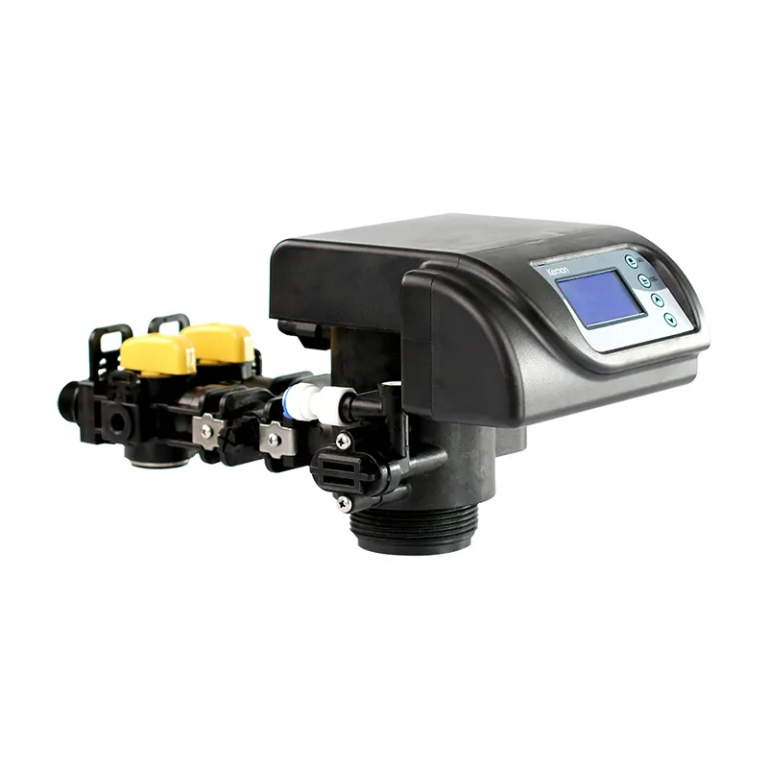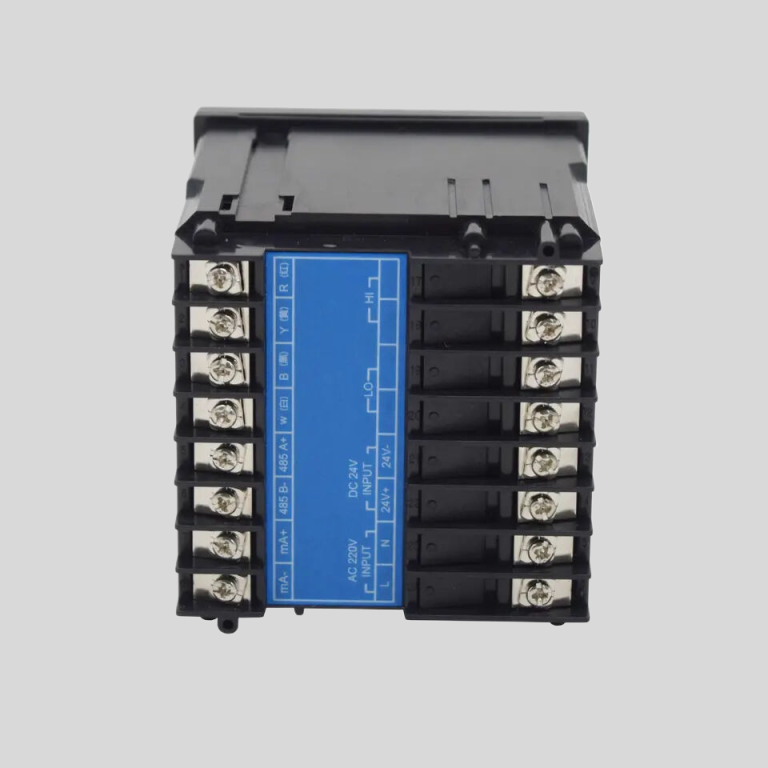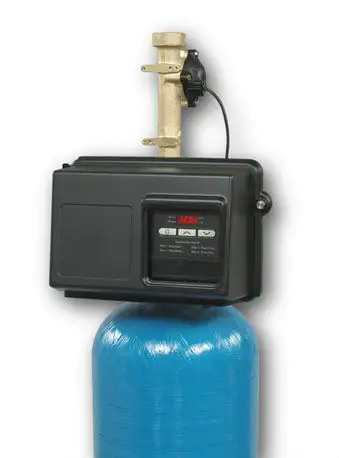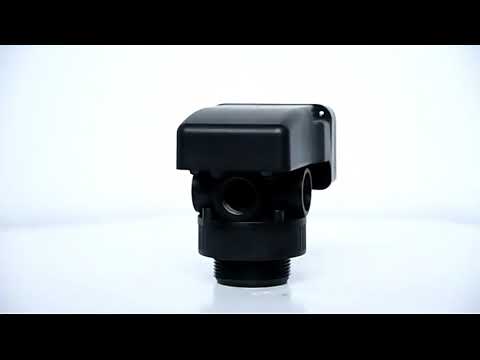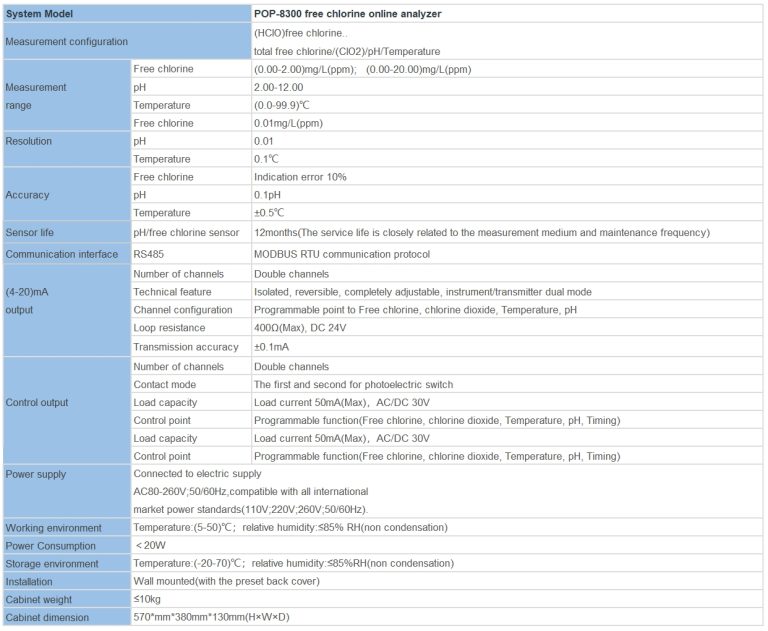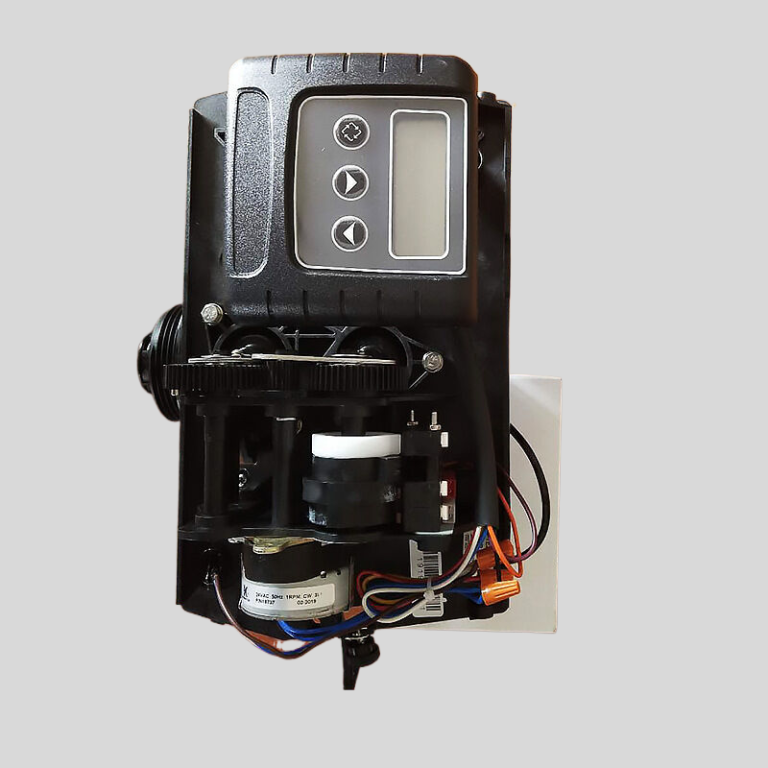“Find the valve injector for optimal water softening performance.”
Table of Contents
Location of the Valve Injector on a Water Softener
Water softeners are essential appliances in many households, as they help to remove minerals such as calcium and magnesium from hard water. One crucial component of a water softener is the valve injector, which plays a vital role in the regeneration process. Understanding the location of the valve injector on a water softener is important for proper maintenance and troubleshooting.

The valve injector is typically located within the control valve of the water softener. This control valve is responsible for regulating the flow of water through the softener, as well as initiating the regeneration process when necessary. The valve injector is a small component within the control valve that allows brine (a saltwater solution) to be drawn into the resin tank during regeneration.
To locate the valve injector on your water softener, you will need to first identify the control valve. This is usually a cylindrical or rectangular component attached to the top of the resin tank. The valve injector is typically located within the control valve, near the top or side. It may be a small tube or nozzle that connects to the brine tank.
If you are unsure of the location of the valve injector on your water softener, consult the manufacturer’s manual or contact a professional for assistance. It is important to know the location of the valve injector in case you need to perform maintenance or repairs on your water softener.
Proper maintenance of the valve injector is essential for the efficient operation of your water softener. Over time, the valve injector may become clogged with mineral deposits or debris, which can impede the flow of brine during regeneration. Regular cleaning and inspection of the valve injector can help prevent issues and ensure that your water softener continues to function properly.
To clean the valve injector, you will need to first shut off the water supply to the softener and disconnect the control valve from the resin tank. Carefully remove the valve injector from the control valve and inspect it for any signs of buildup or blockages. Use a soft brush or cloth to gently clean the injector, being careful not to damage any delicate components.
Once the valve injector has been cleaned, reassemble the control valve and reconnect it to the resin tank. Turn the water supply back on and run a regeneration cycle to ensure that the valve injector is functioning properly. If you continue to experience issues with your water softener, it may be necessary to replace the valve injector or seek professional assistance.
In conclusion, the valve injector is a crucial component of a water softener that plays a key role in the regeneration process. Understanding the location of the valve injector on your water softener is important for proper maintenance and troubleshooting. By regularly cleaning and inspecting the valve injector, you can help ensure that your water softener continues to operate efficiently and provide you with high-quality softened water.
Importance of Maintaining the Valve Injector on a Water Softener
Water softeners are essential appliances in many households, as they help to remove minerals such as calcium and magnesium from the water supply. This process helps to prevent limescale buildup in pipes and appliances, as well as improve the efficiency of soap and detergent. One crucial component of a water softener is the valve injector, which plays a vital role in the regeneration process.
| Mode | MF2 | MF2-H | MF4 | MF4-B | MF10 | AF2 & AF2-H | AF4 | AF10 |
| Regeneration mode | Manual | Automatic | ||||||
| Timer by day: 0-99days | ||||||||
| Timer by hours: 0-99hours | ||||||||
| Inlet | 3/4” | 3/4” | 1” | 1” | 2” | 1/2”, 3/4”, 1” | 1” | 2” |
| Outlet | 3/4” | 3/4” | 1” | 1” | 2” | 1/2”, 3/4”, 1” | 1” | 2” |
| Drain | 3/4” | 3/4” | 1” | 1” | 2” | 1/2”, 3/4”, 1” | 1” | 2” |
| Base | 2-1/2” | 2-1/2” | 2-1/2” | 2-1/2” | 4” | 2-1/2” | 2-1/2” | 4” |
| Riser pipe | 1.05”OD | 1.05”OD | 1.05”OD | 1.05”OD | 1.5”D-GB | 1.05”OD | 1.05”OD | 1.5”D-GB |
| Water Capacity | 2m3/h | 2m3/h | 4m3/h | 4m3/h | 10m3/h | 2m3/h | 4m3/h | 10m3/h |
| Working Pressure | 0.15-0.6MPa | |||||||
| Working Temperature | 5-50 °C | |||||||
| Power Supply | AC100-240V/50-60Hz DC12V-1.5A | |||||||
The valve injector is responsible for controlling the flow of water and brine during the regeneration cycle of a water softener. This cycle is necessary to recharge the resin beads inside the softener tank, which are responsible for removing the minerals from the water. Without a properly functioning valve injector, the regeneration process may not occur correctly, leading to hard water entering your home’s plumbing system.
To locate the valve injector on your water softener, you will need to first identify the control valve. This valve is typically located at the top of the softener tank and is connected to the brine tank and the resin tank. The valve injector is usually attached to the control valve and is responsible for directing the flow of water and brine during the regeneration cycle.
It is essential to regularly maintain the valve injector on your water softener to ensure that it functions correctly. Over time, the valve injector can become clogged with mineral deposits or debris, which can impede the flow of water and brine during the regeneration cycle. This can lead to a decrease in the efficiency of your water softener and may result in hard water entering your home’s plumbing system.
To maintain the valve injector on your water softener, you will need to periodically clean it to remove any buildup of mineral deposits or debris. This can be done by removing the valve injector from the control valve and soaking it in a solution of water and vinegar to dissolve any deposits. You can also use a soft brush to scrub away any stubborn buildup.
In addition to cleaning the valve injector, it is also essential to check for any signs of wear or damage. If you notice any cracks or leaks in the valve injector, it may need to be replaced to ensure that your water softener continues to function correctly. It is recommended to consult the manufacturer’s instructions for guidance on how to properly maintain and replace the valve injector on your specific water softener model.
In conclusion, the valve injector is a crucial component of a water softener, as it plays a vital role in the regeneration process. Regular maintenance of the valve injector is essential to ensure that your water softener continues to function correctly and provide you with soft water. By locating the valve injector on your water softener and following the manufacturer’s instructions for maintenance, you can help to prolong the life of your water softener and enjoy the benefits of soft water in your home.

